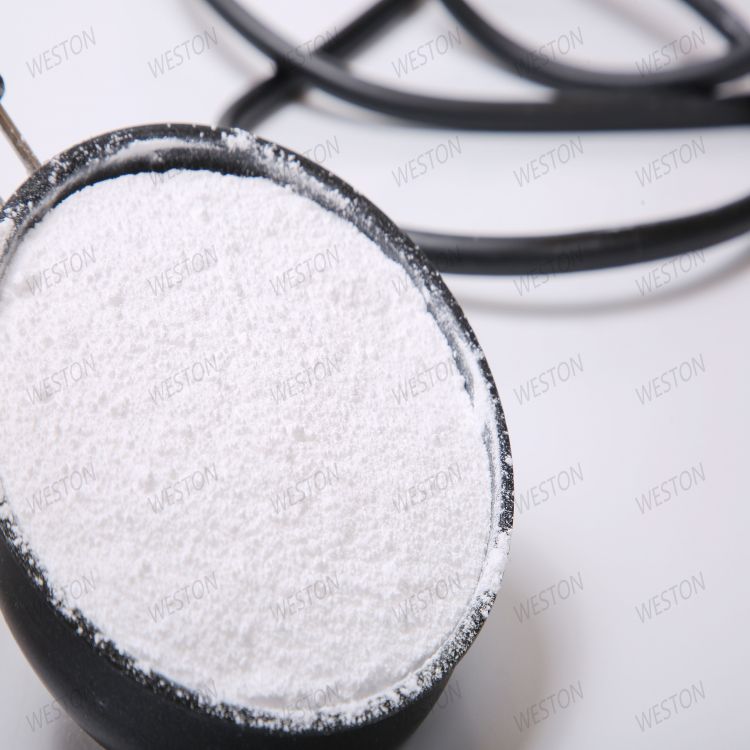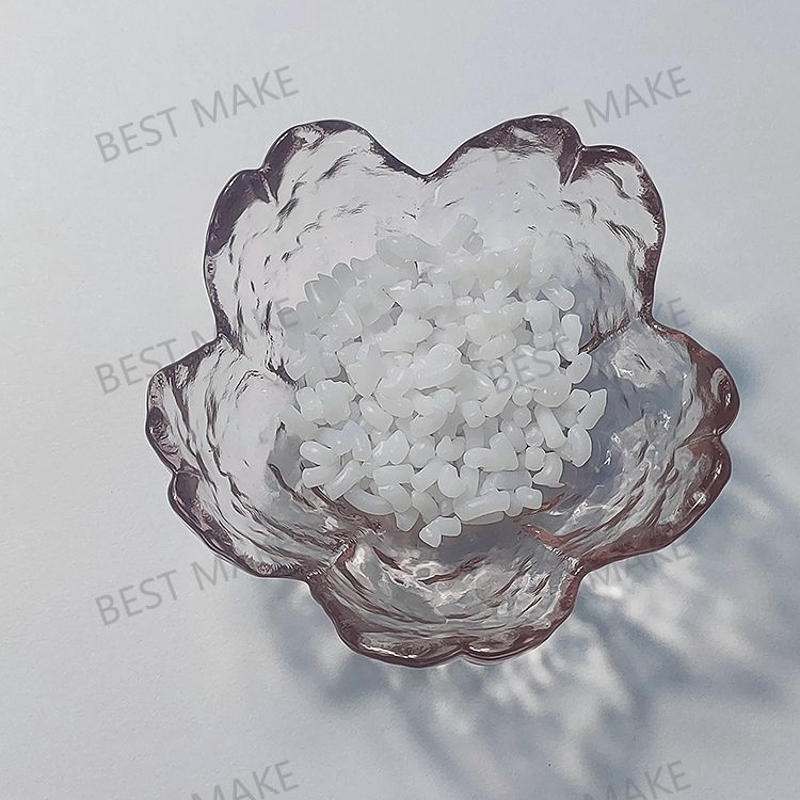-
Categories
-
Pharmaceutical Intermediates
-
Active Pharmaceutical Ingredients
-
Food Additives
- Industrial Coatings
- Agrochemicals
- Dyes and Pigments
- Surfactant
- Flavors and Fragrances
- Chemical Reagents
- Catalyst and Auxiliary
- Natural Products
- Inorganic Chemistry
-
Organic Chemistry
-
Biochemical Engineering
- Analytical Chemistry
- Cosmetic Ingredient
-
Pharmaceutical Intermediates
Promotion
ECHEMI Mall
Wholesale
Weekly Price
Exhibition
News
-
Trade Service
1.
Preparation of Nitric Acid
The main method of industrial production of nitric acid is the catalytic oxidation of ammonia
.
At high temperatures and with a catalyst, ammonia is oxidized to NO by air, NO is further oxidized by oxygen to NO 2 , and NO 2 is absorbed by water to become nitric acid
Nitric acid is prepared by reacting nitrate with concentrated sulfuric acid in the laboratory
.
NaNO 3 +H 2 SO 4 =NaHSO 4 +HNO 3
The volatility of HNO 3 is used to distill it out of the mixture
.
This method can only use one hydrogen ion of H 2 SO 4 , because the second step of the reaction needs to be carried out at about 500°C, and nitric acid will decompose at high temperatures
NaNO 3 +NaHSO 4 =Na 2 SO 4 +HNO 3
2.
Structure and properties
Nitrate planar molecules (FIG.
12-9), N taken sp² hybrid, HON bond angle of 102 °, there is the molecule between the N and the two end delocalized O Ⅱ .
4 .
3 bonds
.
HNO 3 forms intramolecular hydrogen
FIG HN03 12-9 .
3 and NO .
HNO 3 is unstable and decomposes into NO 2 and O 2 by heating or light
.
Concentrated nitric acid can passivate iron, aluminum and stuffing
Due to kinetic factors, dilute nitric acid cannot oxidize KI, while dilute nitrous acid can oxidize KI
.
NO 2 has a catalytic effect on the reaction of nitric acid as an oxidant, and it is generally believed that NO 2 plays the role of electron transfer as follows
The total result of the reaction is
HN03 2 + H + + E - = H 2 O + NO 2
Fuming nitric acid has strong oxidizing properties, and the reason is that more NO 2 is dissolved in the fuming nitric acid
.
The following two experiments can show that NO 2 has a catalytic effect on the oxidation reaction of nitric acid: the reaction between copper and concentrated nitric acid is slow at first and then gradually increases; adding a small amount of NaNO 2 to concentrated nitric acid can accelerate the reaction of copper and nitric acid
3.
Aqua regia
Aqua regia is a mixture of concentrated nitric acid and concentrated hydrochloric acid in a volume ratio of about 1:3, which can dissolve inert metals such as gold and platinum
.
Aqua regia can dissolve gold and platinum, mainly due to the large concentration of C - and the formation of stable coordination ions with metals to enhance the reduction ability of metals
.
4.
Nitrate
Nitrate is an ionic compound, most of which are easily soluble in water, such as AgNO 3 , Pb(NO 3 ) 2
.
The stronger the ionic bond in the nitrate , the higher the melting and boiling point of the salt.
The melting points of some monovalent metal nitrates are listed in Table 12-1
.
Table 12-1 Melting points of some monovalent metal nitrates
The thermal stability and decomposition products of nitrates are related to the polarizing ability of cations
.
The stronger the polarizing power of the cation, the more unstable the nitrate, and the easier the decomposition reaction will proceed
.
(1) Alkali metal and alkaline earth metal (not including lithium, plating and magnesium) nitrates have weak cation polarization ability, and the salt is decomposed by heat to generate nitrite and oxygen
.
E.
g
2KNO 3 =2KNO 2 +O 2
(2) Nitrates of metals (including lithium, beryllium, magnesium and copper) that are active between magnesium and copper will generate metal oxides, nitrogen dioxide and oxygen during thermal decomposition
.
E.
g
2Cu(NO 3 ) 2 =2CuO+4NO 2 +O 2
(3) Nitrates of metals that are less active than copper produce elemental metals, nitrogen dioxide and oxygen during thermal decomposition
.
E.
g
2AgNO 3 =2Ag+2NO 2 +O 2
(4) Nitrate with reducing cations, the cations are oxidized during the decomposition process
.
E.
g
(5) Nitrate with crystal water, if the polarizing ability of the metal ion is strong, the hydrolysis reaction will occur when it is decomposed by heat, and it may be accompanied by the decomposition reaction of nitric acid
.
E.
g







